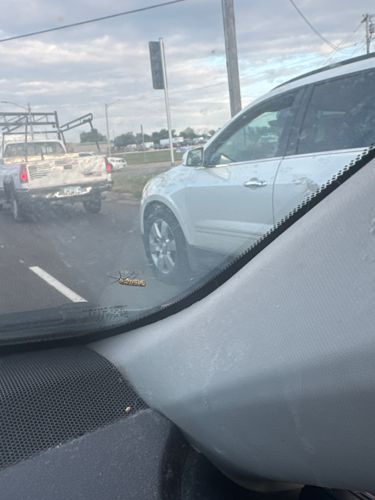Crane Fly
Scientific Name: Tipulidae
Order & Family: Diptera (True Flies), Tipulidae
Size: Typically 2 to 100 mm (0.08 to 4 inches) in body length, with leg spans up to 10 cm (4 inches).

Natural Habitat
Damp environments, near water sources like ponds, streams, marshes, and in wooded areas with decaying leaf litter. Adults are also commonly found near lights at night.
Diet & Feeding
Adult crane flies generally feed on nectar, water, or decaying plant matter. Some species do not feed at all in their adult stage. Larvae (known as 'leatherjackets' or 'grubworms') are herbivores and detritivores, feeding on roots, decaying plant material, and sometimes small invertebrates in the soil.
Behavior Patterns
Adult crane flies are often clumsy flyers, attracted to light. Their long, delicate legs are easily detached. Larvae live in soil or aquatic environments, undergoing several molts before pupating. The adult stage is primarily for reproduction.
Risks & Benefits
Crane flies are largely harmless to humans. They do not bite or sting. In some agricultural settings, large populations of 'leatherjacket' larvae can cause damage to turf and root crops. However, they also play a beneficial role in ecosystems as decomposers, helping to break down organic matter. They are also a food source for birds, bats, and other insects.
Identified on: 9/20/2025